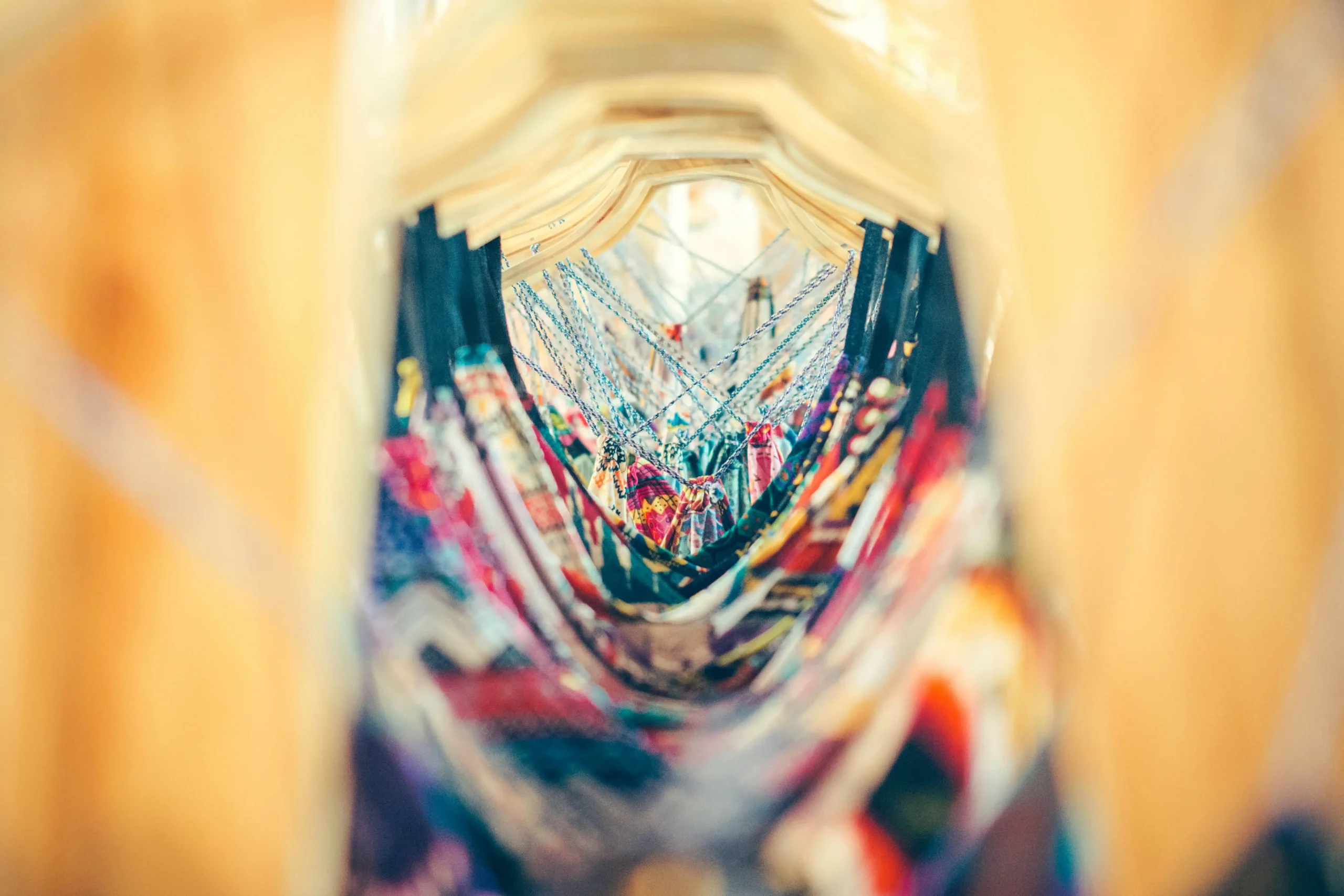New Talent in Fashion: 2025’s Essential Guide to Industry Disruption
In 2025, the fashion industry is undergoing a seismic shift. Gone are the days when legacy brands dominated headlines and retail spaces. Today, fresh voices and innovative designers are capturing global attention, redefining aesthetics, and challenging sustainability norms. Did you know that over 40% of consumers now prioritize emerging labels over established luxury houses? This article dives into how new talent in fashion is shaping the future, offering actionable strategies for entrepreneurs and brands to stay ahead. From digital innovation to ethical practices, discover why nurturing fresh talent isn’t just a trend—it’s a necessity.
The Rise of New Talent in Fashion: Why 2025 is a Pivotal Year
The fashion landscape is evolving rapidly, driven by Gen Z’s demand for authenticity and purpose. Emerging designers are thriving by embracing circular fashion, zero-waste production, and inclusive sizing. For instance, 2025’s LVMH Prize finalists include designers using algae-based textiles and AI-driven pattern-making tools. Startups like Revolve’s incubator program are funneling millions into indie brands, proving that agility and innovation often outpace tradition.
Digital Innovation: The New Runway for Emerging Designers
Virtual Reality (VR) and Augmented Reality (AR) are no longer futuristic concepts—they’re essential tools. Brands like Auroboros are blending digital wearables with physical garments, allowing users to showcase NFTs as clothing. Platforms like Dazed highlight how AR filters boost engagement by 70%. Meanwhile, AI tools like MidJourney help designers predict trends, reducing overproduction. For new talent, mastering these tools isn’t optional; it’s survival.

Sustainability as a Hallmark of New Talent
Consumers are voting with their wallets, and sustainability reigns supreme. Emerging labels like Collina Strada and Ahluwalia use deadstock fabrics and regenerative agriculture. A 2025 McKinsey report reveals that 65% of millennials prefer brands with transparent supply chains. For new designers, integrating eco-friendly practices isn’t just ethical—it’s a market differentiator. Tips? Partner with local artisans and leverage blockchain for traceability.
Inclusivity and Representation: The New Norm
From adaptive clothing to gender-neutral designs, inclusivity is non-negotiable. Brands like Savage x Fenty and Phluid Project set benchmarks by celebrating diverse body types and identities. A 2025 survey by Vogue Business found that 58% of consumers boycott brands lacking diversity. Emerging talents like Piero D’Angelo are redefining luxury for underserved communities, proving that inclusivity drives profit and loyalty.
Case Studies: Success Stories of 2025’s Rising Stars
Take Renaissence, a London-based label turning ocean plastic into couture. Their collaboration with Parley for the Oceans boosted sales by 200%. Then there’s Labrum London, whose West African-inspired designs earned a spot in Net-a-Porter’s top-selling collections. These stories highlight a truth: authenticity and purpose resonate louder than ever.
How to Support New Talent in Fashion
Follow, share, and invest. Platforms like Kickstarter and Depop let consumers fund emerging designers directly. Retailers can dedicate shelf space to local artisans, while influencers amplify under-the-radar brands. Don’t underestimate mentorship—programs like CFDA bridge gaps between novices and industry leaders. Remember, every purchase or social share shapes fashion’s future.
In 2025, new talent isn’t just influencing trends—they’re rewriting the rulebook. By championing sustainability, tech integration, and inclusivity, these designers are proof that creativity knows no bounds. Ready to join the movement? Start by exploring indie labels, attending graduate shows, or backing a crowdfunded collection. The future of fashion is here, and it’s vibrant, diverse, and unstoppable. Share your favorite discovery with #NewTalentInFashion2025 and be part of the revolution.